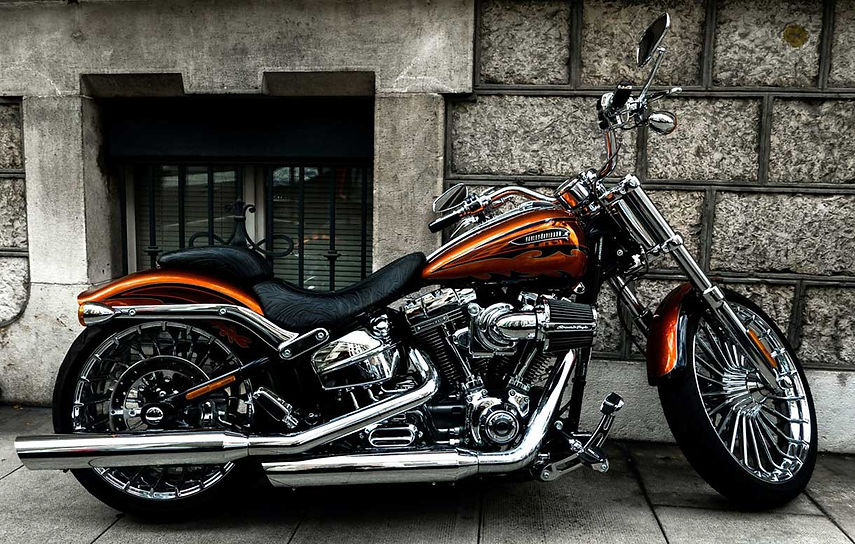What considerations and factors should be taken into account when selecting the right hook to ensure secure and effective motorcycle tie-down during transport?

When it comes to securing your motorcycle during transport, the choice of hooks plays a pivotal role in ensuring a safe and reliable tie-down. Selecting the right hook involves considering various factors to guarantee effective and secure motorcycle transportation. Here's a comprehensive guide on the key considerations when choosing hooks for motorcycle tie-downs. The backbone of safety: Choosing the right hooks for motorcycle tie-downs to ensure secure and worry-free transportation.
1. Material and Build Quality: Opt for hooks made from high-quality materials known for their strength and durability. Stainless steel and heavy-duty alloys are popular choices as they resist corrosion and maintain their integrity under the stress of transportation. Ensuring the build quality of the hook is robust contributes significantly to its overall reliability.
2. Coating and Protection: Look for hooks with protective coatings, such as vinyl or rubber, to prevent scratching or damaging your motorcycle. Coated hooks add an extra layer of protection, ensuring that your bike's surfaces remain pristine during transportation and preventing any potential cosmetic damage.
3. Hook Style: Different hook styles are available, including S-hooks, J-hooks, and flat hooks. The choice depends on the anchor points on your motorcycle and the trailer or truck bed. Ensure that the selected hook style is compatible with the tie-down points on your bike, providing a secure and snug fit.
4. Size and Strength: Consider the size and strength of the hook in relation to the weight and size of your motorcycle. Larger, stronger hooks are suitable for heavier bikes, providing the necessary stability and support. Checking the working load limit (WLL) and breaking strength of the hook ensures it can handle the specific load requirements.
5. Easy Attachment and Release: Choose hooks that are easy to attach and release, facilitating a quick and efficient tie-down process. Time spent fumbling with complicated hooks can be minimized by opting for user-friendly designs that streamline the tie-down procedure.
6. Tie-Down Strap Compatibility: Ensure that the selected hooks are compatible with your tie-down straps. Whether you're using ratchet straps or cam buckle straps, verifying compatibility is essential for a seamless and secure connection. The hooks should securely fasten to the strap, eliminating any risk of detachment during transportation.
7. Compliance with Safety Standards: Select hooks that comply with industry safety standards and regulations. Hooks designed and tested to meet specific safety requirements provide assurance that they are suitable for secure motorcycle tie-down during transport, enhancing overall safety on the road.
8. Multiple Attachment Options: Versatility in attachment options is advantageous. Look for hooks that can be attached to various anchor points on both your motorcycle and the transport vehicle. This flexibility ensures that you can adapt the tie-down configuration to suit the unique design and features of your bike.
In conclusion, the considerations for choosing the right hooks for secure motorcycle tie-down during transport encompass material and build quality, coating and protection, hook style, size and strength, ease of attachment and release, tie-down strap compatibility, compliance with safety standards, and multiple attachment options. By carefully evaluating these factors, you can confidently select hooks that not only meet but exceed the requirements for a secure and effective motorcycle tie-down, providing peace of mind as you embark on your transportation journey.